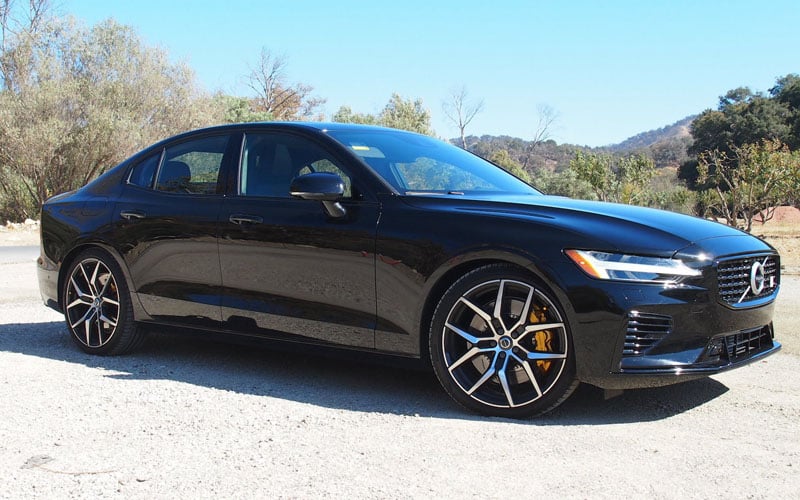
My journey started with excitement to delve into the heart of Burger King, an iconic fast-food name, and each of the three NYC locations revealed a blend of rich history and current challenges. The atmosphere was thick with the realities that fast-food chains like Burger King are facing in today’s competitive landscape.
Walking through the bustling streets of NYC, I was reminded of Burger King’s glory days. It wasn’t long ago that this chain was considered a staple for quick, affordable meals. Yet, something has shifted. As I observed, it became clear that the issues plaguing these locations were emblematic of broader struggles within the industry. From outdated interiors to operational inefficiencies, the reasons behind the closures became more apparent with each visit.

1. **Outdated Store Designs**: Stepping into a Burger King that hasn’t been remodeled in decades is like stepping back in time. The outdated decor and cramped spaces in one location I visited were stark reminders of how important modernization is in today’s competitive fast-food market. Customers now expect sleek, updated environments, and some locations simply haven’t kept up.
The company is reportedly engaged in remodeling hundreds of locations, but this process takes both time and significant investment. Unfortunately, many outdated restaurants are struggling to attract customers in the meantime. With competitors like McDonald’s and Taco Bell investing heavily in creating more inviting spaces, Burger King risks being left behind unless their revamped stores arrive quickly enough to stem the loss of customers.

2. **Declining Customer Traffic**: One of the most evident challenges was the lack of customers. During peak lunch hours, one of the Burger Kings I visited had only a handful of patrons. The restaurant felt eerily empty, a stark contrast to the bustling fast-food spots I remember from years ago.
Delivery apps such as Uber Eats and DoorDash have revolutionized the way people dine, significantly reducing the need for physical visits to fast-food locations. Younger diners also seem increasingly inclined to support local eateries over big chains, further contributing to declining foot traffic at chains like Burger King. Without customers filling seats, these restaurants are hard-pressed to generate the revenue needed to sustain their operations.

3. **Operational Inefficiencies**: A glaring issue at each visited location was the lack of operational efficiency, evident in long waits at the counter and frequent order mix-ups, showing that streamlining processes clearly hasn’t been prioritized. One cashier, battling a sluggish system, only added to the growing line of increasingly impatient customers.
These inefficiencies are a major deterrent for customers who value speed and convenience—a hallmark of fast food. With competitors finding ways to improve their service times and embrace technology, Burger King must address these inefficiencies to remain competitive.

4. **Rising Costs and Inflation Effects**: The rising cost of ingredients has also played a significant role in challenges faced by Burger King. As I examined the menu prices, I noticed how they’ve crept up over the years. What used to be a budget-friendly option for families is quickly becoming less accessible. For instance, a family of five dining at a drive-thru can now expect to pay prices comparable to their weekly grocery bill.
With inflation on the rise, fast-food chains are struggling to uphold their image of affordability while still turning a profit. Although some chains have managed to stay competitive through value deals, many Burger King outlets seemed to be caught in a bind, trying to juggle quality without compromising on cost.

5. **Quality and Consistency Issues**: Consistency is key in the fast-food industry, and unfortunately, this is another area where some Burger King locations are falling short. At one location, the fries I ordered were lukewarm and lacked the crispness I’ve come to expect. At another, there were complaints about the cleanliness of the dining area.
Customers flock to fast food for its reliability, but inconsistency in quality can quickly alienate even the most devoted fans. While certain locations may shine in this aspect, a few negative experiences can significantly tarnish the brand’s overall reputation, leading to distrust among patrons.
6. **Increased Competition from Innovative Chains**: Burger King’s struggles are only compounded by the rise of innovative competitors. Chains like Chick-fil-A and Shake Shack have captured the attention of younger diners with their customer-focused models, innovative menus, and premium offerings. These chains have successfully carved out their own niches, offering something unique while maintaining the speed and convenience associated with fast food.
Burger King’s efforts to compete with these brands include introducing new menu items and revamping existing stores, but the impact of these initiatives remains to be seen. In the meantime, the competition continues to siphon market share from traditional fast-food giants like Burger King.
7. **Shifting Consumer Preferences**: American dining habits are undergoing rapid transformation, leaving fast-food chains like Burger King scrambling to keep pace with changing tastes. More and more, customers are seeking out healthier, locally sourced, and customizable meal options that traditional fast-food menus struggle to accommodate, particularly younger generations turning to fast-casual or local eateries instead of big chains.
Cultural trends promoting wellness and sustainability have also contributed to this change. As a result, fast-food giants are being pushed to adapt their menus and marketing strategies. While some chains have made strides, Burger King’s efforts to meet these changing demands often feel too little, too late. Without a more proactive approach, the brand risks losing relevance in an increasingly competitive market.

8. **The Rise of Delivery Services**: The surge of delivery platforms such as Uber Eats, DoorDash, and Grubhub has reshaped the fast-food landscape. While delivery offers convenience, it has posed new dilemmas for brick-and-mortar locations, where dwindling foot traffic is prompting many chains to rethink their operational setups and store designs to adapt to this new consumer behavior.
Burger King, like its competitors, has struggled to adapt. Delivery orders can be a double-edged sword—they increase order volume but often lead to longer wait times and strained in-store operations. Additionally, the service fees associated with delivery platforms can eat into already thin profit margins, leaving franchises grappling with how to balance this new business model effectively.
Read more about: 14 Super Last-Minute Online Gift Ideas to Save the Day
9. **Economic Pressures and Rising Costs**: Fast-food has long been synonymous with budget-friendly dining, but rising inflation, labor shortages, and supply chain disruptions are making it more challenging for restaurants to keep prices low. In particular, Burger King has struggled to maintain its competitive value proposition amid these mounting financial pressures.
For low-income patrons and families, the increasing cost of fast food has become a significant hurdle. A trip to a fast-food establishment is no longer the go-to budget-friendly choice it once was, and this change is sending ripples throughout the industry. Unless Burger King can discover a way to stay affordable without sacrificing quality, it may find itself losing ground to its rivals.
Read more about: Products Abandoned in the Face of Inflation – Related Cost Hikes and Some Coping Tactics

10. **Labor Shortages and Turnover**: The labor shortage is another significant challenge for fast-food chains, and Burger King is no exception. Across the country, franchisees are reporting difficulties in hiring and retaining staff, leading to operational inefficiencies and longer wait times for customers. High turnover rates not only increase training costs but also make it harder to maintain consistent service quality.
For employees, the appeal of fast-food jobs has diminished over time due to low wages, limited benefits, and challenging work environments. As other sectors offer more competitive packages, fast-food chains are being forced to reassess their employment practices. Unless Burger King can address these issues, it will continue to face staffing challenges that impact its ability to operate smoothly.

As Burger King addresses these hurdles, the implications for the entire fast-food industry become increasingly evident. The landscape is evolving swiftly, and chains that resist adaptation risk fading into obscurity. Whether it’s through innovation, streamlining operations, or redefining their brand strategies, fast-food giants must transform to meet the demands of a changing era, and for Burger King, the future is uncertain yet hopeful if they choose to act decisively.
The American fast-food scene stands at a pivotal moment, and Burger King’s journey reflects the broader struggles of the industry. As consumers grow more discerning about their dining choices, those chains willing to listen and evolve are the ones that will succeed. Whether Burger King can rise to meet this challenge remains to be seen, but one thing is clear: the fast-food landscape is undergoing a profound transformation.
Related posts:
After Closing Locations, Burger King Franchises Files For Bankruptcy
Well Liked and Tasty NY and PA Restaurant Chain Closing
Iconic breakfast chain to close another location in DAYS after exec reveals plot to shut 180 by end of the year








